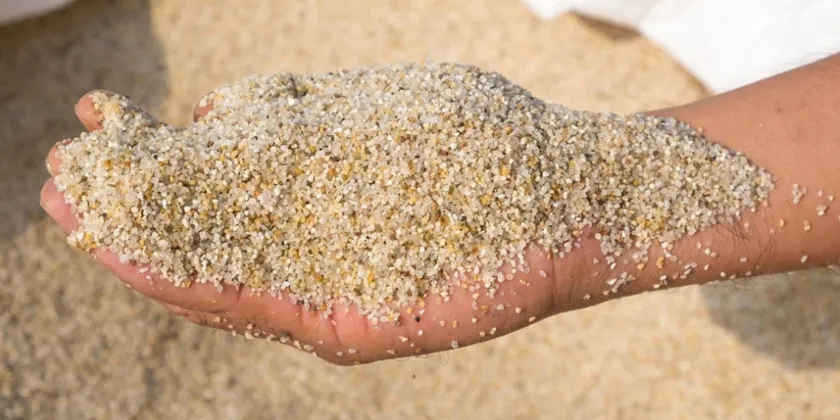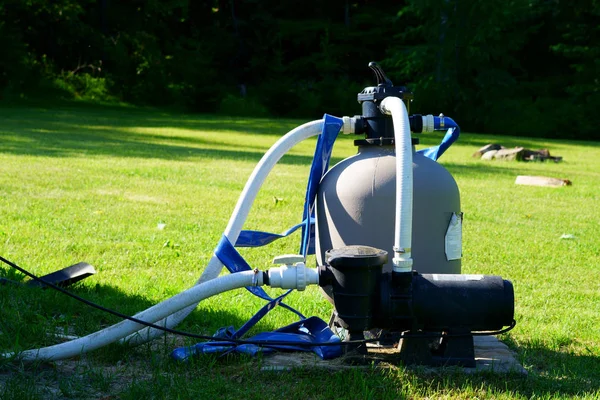Conclusion
Regular maintenance of your pool filter sand is essential for ensuring optimal filtration performance and maintaining clean and clear pool water.
By establishing a regular maintenance routine that includes backwashing, inspecting, and replacing the filter sand as needed, you can prevent common issues such as sand channeling, compaction, and degradation.
Consistent maintenance helps prolong the lifespan of your pool filter sand and other pool equipment, reducing the need for costly repairs and replacements in the long run. Pool filter sand plays a crucial role in removing particles and debris from pool water, ensuring clean and clear swimming conditions. Signs that your pool filter sand may not be working effectively include decreased water clarity, poor water circulation, algae growth, and increased pressure gauge readings.
Testing and inspecting your pool filter sand regularly, including backwashing, inspecting the sand bed, performing efficiency tests, and checking for channeling, can help identify and address issues promptly. Maintenance tips for pool filter sand include establishing a regular backwashing schedule, replacing the filter sand as needed, and maintaining proper chemical balance and pool cleanliness. Maintaining your pool filter sand is essential for preserving water quality and ensuring a safe and enjoyable swimming experience.
By following the maintenance tips outlined in this guide and addressing any issues with your pool filter sand promptly, you can prolong its lifespan and optimize filtration performance.
If you encounter persistent issues with your pool filter sand or are unsure how to troubleshoot and maintain it effectively, consider consulting a professional pool service technician for assistance.
Remember that proactive maintenance is key to preventing problems and keeping your pool filter sand and overall pool system operating smoothly for years to come.
JimGalloway Author/Editor

References:



